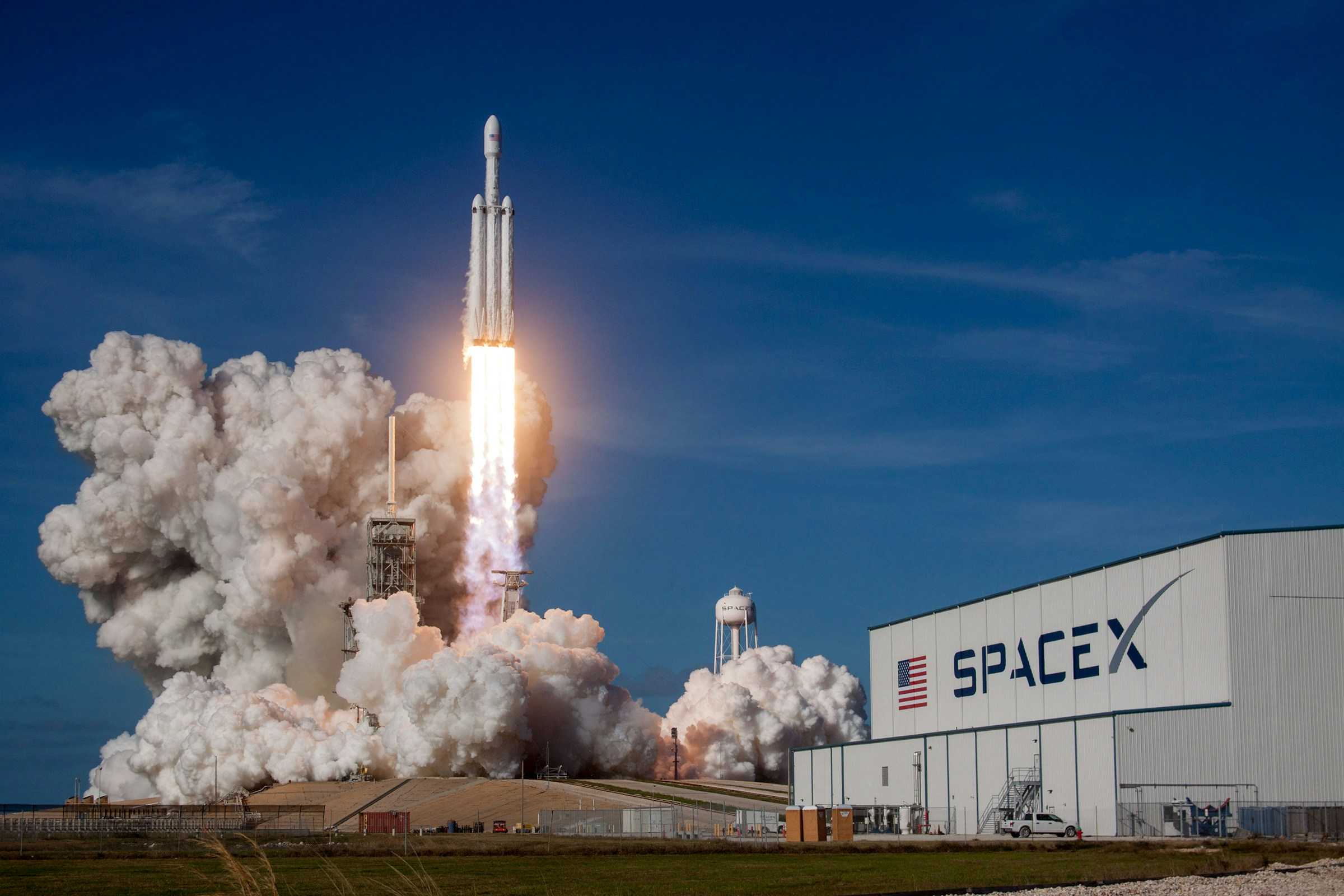Elon Musk’s SpaceX is advancing efforts to deploy Starlink satellite internet terminals as part of a broader initiative to enhance the US Federal Aviation Administration’s (FAA) national airspace system. This move aims to accelerate the modernization of the FAA’s information technology networks, according to sources familiar with the matter.
However, the effort raises questions about potential conflicts of interest for Musk’s various business ventures, particularly in relation to a $2 billion contract awarded to Verizon Communications Inc. in 2023. Verizon’s contract involves upgrading critical telecommunications infrastructure for the FAA, a deal that may be impacted by the introduction of Starlink technology.
Musk authorized the shipment of 4,000 Starlink terminals to the FAA last week to support the initiative. One terminal has already been installed at the FAA’s air-traffic control technology lab in Atlantic City, New Jersey, where it is undergoing testing. The program, which has been dubbed TDM X, aims for full functionality within the next 12 to 18 months.
An FAA spokesperson confirmed that the agency is currently testing one terminal in Atlantic City, with two additional terminals being used at non-safety critical sites in Alaska. The FAA is exploring the use of Starlink to improve telecommunication connections and provide more reliable weather information at remote locations, including in Alaska.
While the FAA looks into integrating Starlink into its system, Verizon’s role under its $2 billion contract remains crucial. A Verizon spokesman emphasized the importance of maintaining and upgrading the FAA’s infrastructure to ensure the safety of US air travel. However, concerns are growing that the Verizon system may not be performing as expected, with Musk publicly criticizing the current setup on his X social media platform.
The involvement of Starlink could potentially affect Verizon’s contract, but the full implications remain unclear. This move also represents an expansion of SpaceX’s influence within the FAA, an agency that not only regulates SpaceX’s rocket launches but also oversees air-traffic control systems managing 45,000 flights daily.
The push to modernize the FAA’s airspace network has gained urgency following a deadly midair collision in January between a regional jet and a military helicopter near Washington National Airport. In the aftermath, President Donald Trump criticized the existing air-traffic control technology as “obsolete” and called for updates to enhance safety.
SpaceX’s collaboration with the FAA and other government agencies further exemplifies the company’s growing presence in both the private sector and public sector contracts. This includes SpaceX’s expanded work with the US Department of Defense, including a recent contract to provide Ukraine with a more secure version of Starlink for military use.


